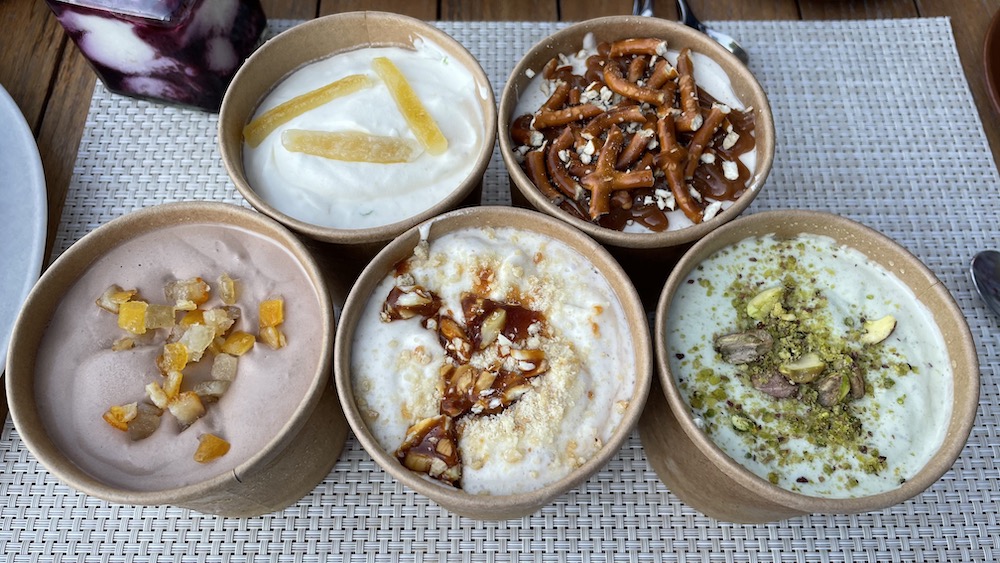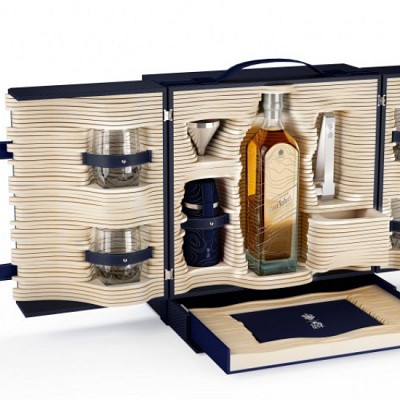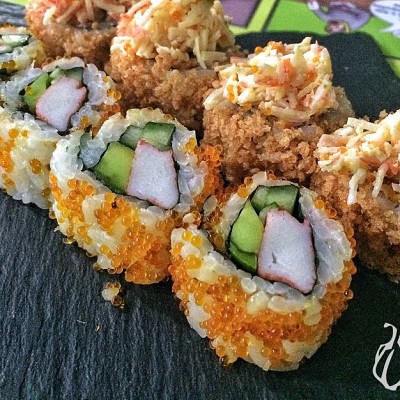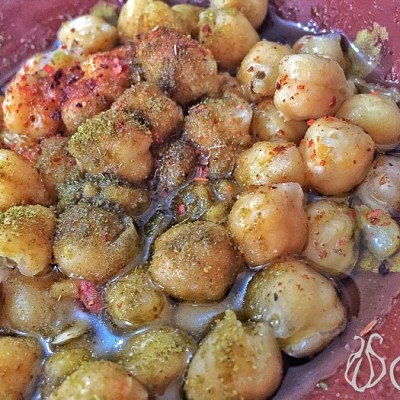COVID-19 impacted everyone’s lives and mostly for the worst. People’s lives were uprooted and inconvenienced in the greatest manner possible. Some of the people that bared the full brunt of restrictions include the food and restaurant sector.
The Covid-19 impact on the tourism industry has rewritten many business protocols, especially regarding how food is served to customers. Here are some of the top 5 restaurant and food trends during the pandemic of COVID-19:
Huge focus on drive-thru and curbside pick-up
One of the safest ways to buy fast food during the COVID-19 pandemic is using drive-thrus or curbside pick-ups. Many restaurants have started selling their food like this, and those that already had it in play tried to double its efficiency. Some restaurants extended their infrastructure by providing more drive-thru windows to facilitate the growth of this selling method.
Some have made space to start a drive-thru selling system that is efficient for both customers and the restaurant. It is one of the most evergreen trends that grew very strong during the lockdown. Businesses that invested in starting this system did it for a good reason because it will remain in place even after the pandemic.
Third-party food delivery services
Large restaurants have always had their own delivery apps that were functional way before lockdown. However, small businesses did not have any platform to process orders, and developing an app would be too expensive. Therefore, the most logical option for these smaller restaurants is to join platforms that will make it easy to reach a widespread reach.
According to custom papers reports, smaller restaurants have joined platforms similar to Uber Eats within their respective states or countries. These third-party platforms provided a solution for these small businesses to continue trading safely even under lockdown restrictions.
This trend is anticipated to stay strong even after lockdown because of its convenience. It will also provide an extra revenue source apart from walk-in customers whenever it is safe to do so again.
Processing orders quicker
A lot of establishments had restrictions on how many customers were allowed on-premises at a certain time. Therefore, saving time is an essential element restaurants adopted during extensive lockdown periods.
By all means, restaurants strived to get customers in and out in minimal time to swiftly process customer satisfaction and processing orders.
One of the ways fast-food chains did this is having an employee going to each person waiting in line to take their order. That was a great addition to having only a few people up front on the order counter.
Starbucks and Taco Bell used this way of processing orders, and it significantly reduced the overall time customers spend on the premises. Perhaps this trend might continue as the food and restaurant industry continues to pursue efficacy.
DIY meal kits
Even though under lockdown restrictions, a lot of people continued to crave their favorite restaurant meals. To continue catering to their cravings, some restaurants came up with a creative solution to sell DIY meal kits. These meal kits are fun to make, and they still have the same flavor if the steps are followed accordingly.
It is an unusual way of serving food safely, but a lot of people liked this idea. Some have even called this idea “Ikea for food.”
It is one of the unique trends that have been identified in this industry during COVID-19 lockdown. This trend might also endure and continue even after lockdown has passed because of how much customers liked it.
Incline towards lunch and dinner meal orders
Breakfast and coffee sales were rapidly declining during lockdown because people did not go to work. The workplace lockdown really affected this industry because almost nobody needed the morning coffee that has become a culture in most cities. People were not in a hurry to get to work, so breakfast sales followed and declined dramatically.
However, lunch orders and dinner meals started becoming the norm during lockdown restrictions. That’s because families made their breakfast and had busy days working virtually or tutoring their kids so much that they don’t have time or the energy to cook. In either case, families ordered more lunch and dinner, which is why some restaurants monetized effectively.
The bottom line
Restaurants have faced a tough time ever since the pandemic started, and governments initiated lockdown protocols. They have started being more digitally savvy by using food delivery services, and other restaurants have made practical changes. Some of those changes include walking in line and taking orders or redesigning the infrastructure to incorporate drive-thru orders or increase their capacity. At the same time, some restaurants came up with a bright idea of making DIY meal kits.






































